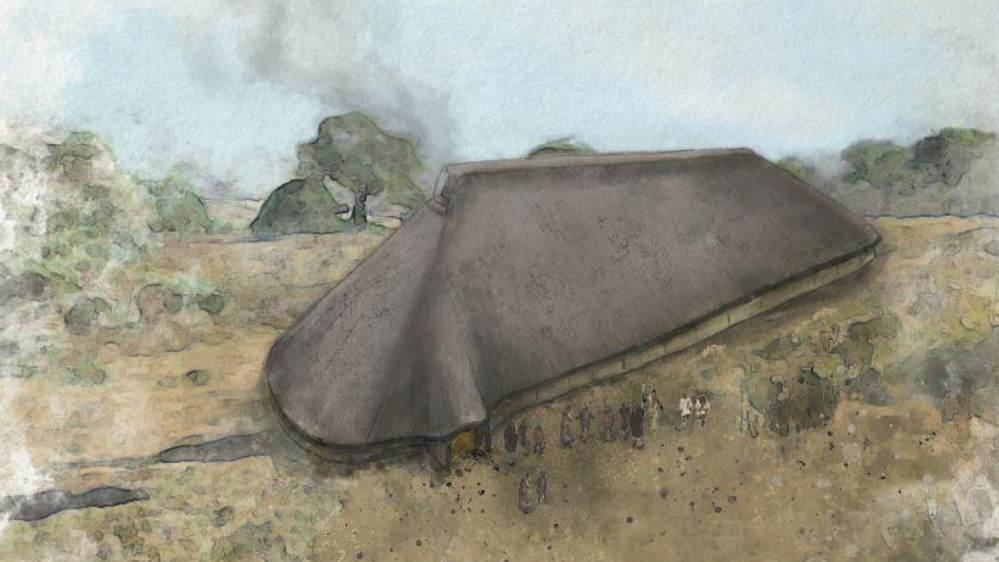Animals bones from the ice age found in Norwegian cave
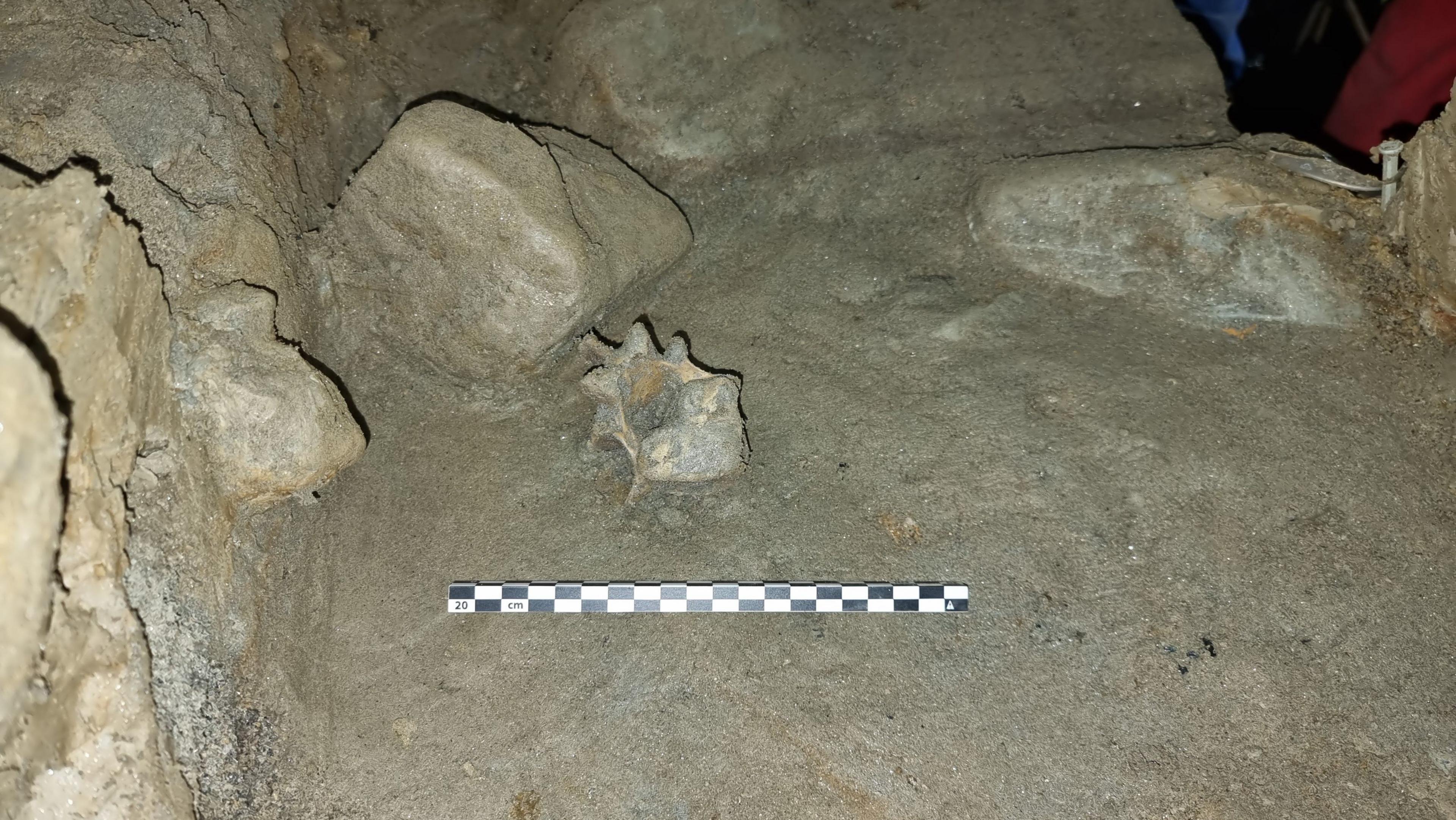
The vertebrae of a polar bear was found in the cave in Norway
- Published
Scientists have found rare bones of animals that lived in the European Arctic during a warmer period of the ice age 75,000 years ago.
The remains of 46 types of animals including a polar bear, walrus and Atlantic puffin were found in a cave on the coast of northern Norway.
It is the oldest example of an animal community during this time.
The researchers say the discovery could help them understand how wildlife responded to dramatic changes to the climate back then which can be used for conservation work today.
More about the ice age
- Published16 August 2024
- Published17 March 2020
- Published9 July 2023
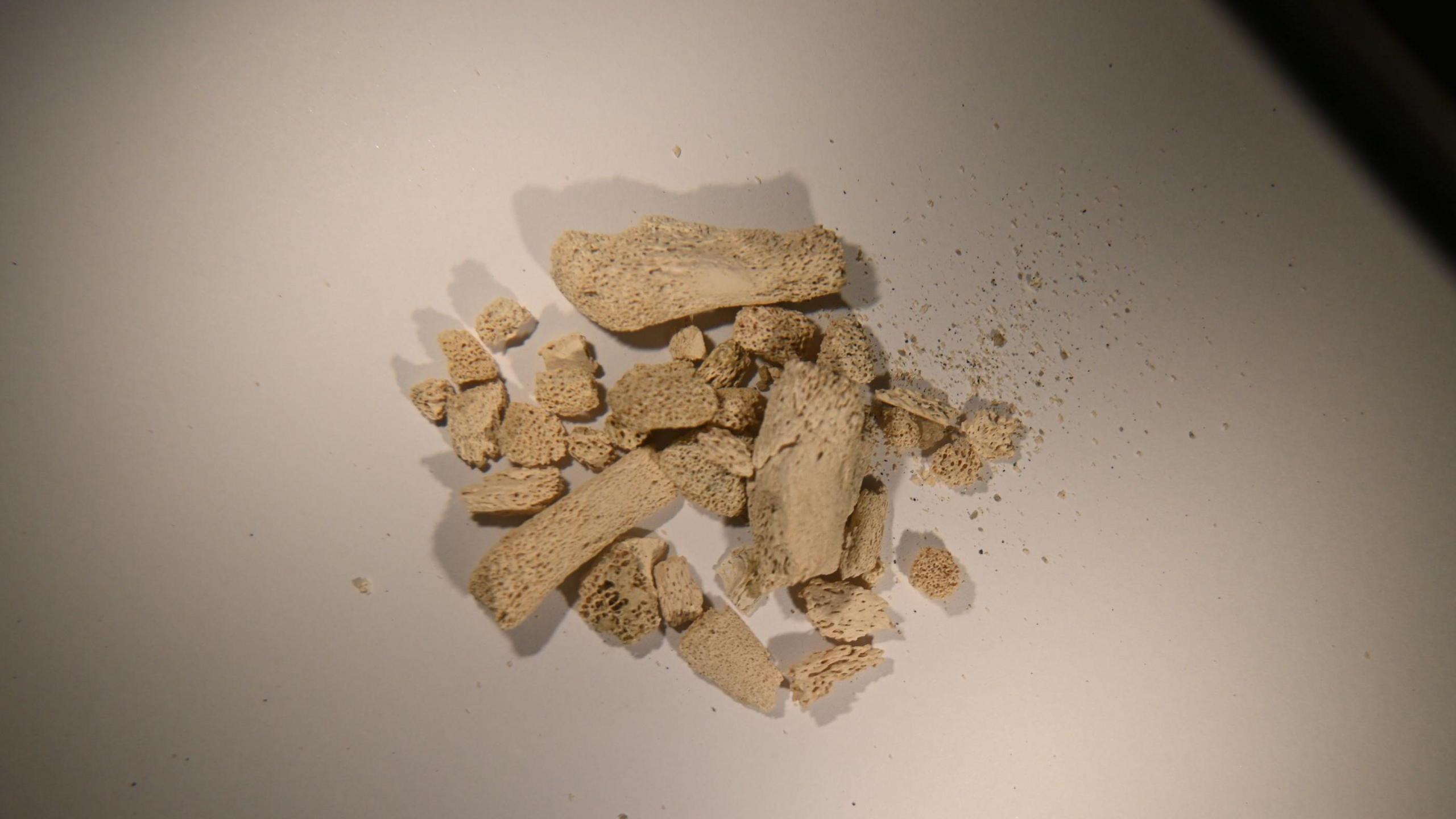
There aren't many preserved bones that are older than 10,000 years old which is why this find is so rare
The Arne Qvamgrotta cave in Norway was first discovered in the 1990s but excavations in 2021 and 2022 started to unearth the cave's secrets.
Professor Sanne Boessenkool, of the University of Oslo, said: "We have very little evidence of what Arctic life was like in this period because of the lack of preserved remains over 10,000 years old.
"The cave has now revealed a diverse mix of animals in a coastal ecosystem representing both the marine and the terrestrial environment."
Among the animals found were collared lemmings, a species that is extinct in Europe and had never been found in Scandinavia before.
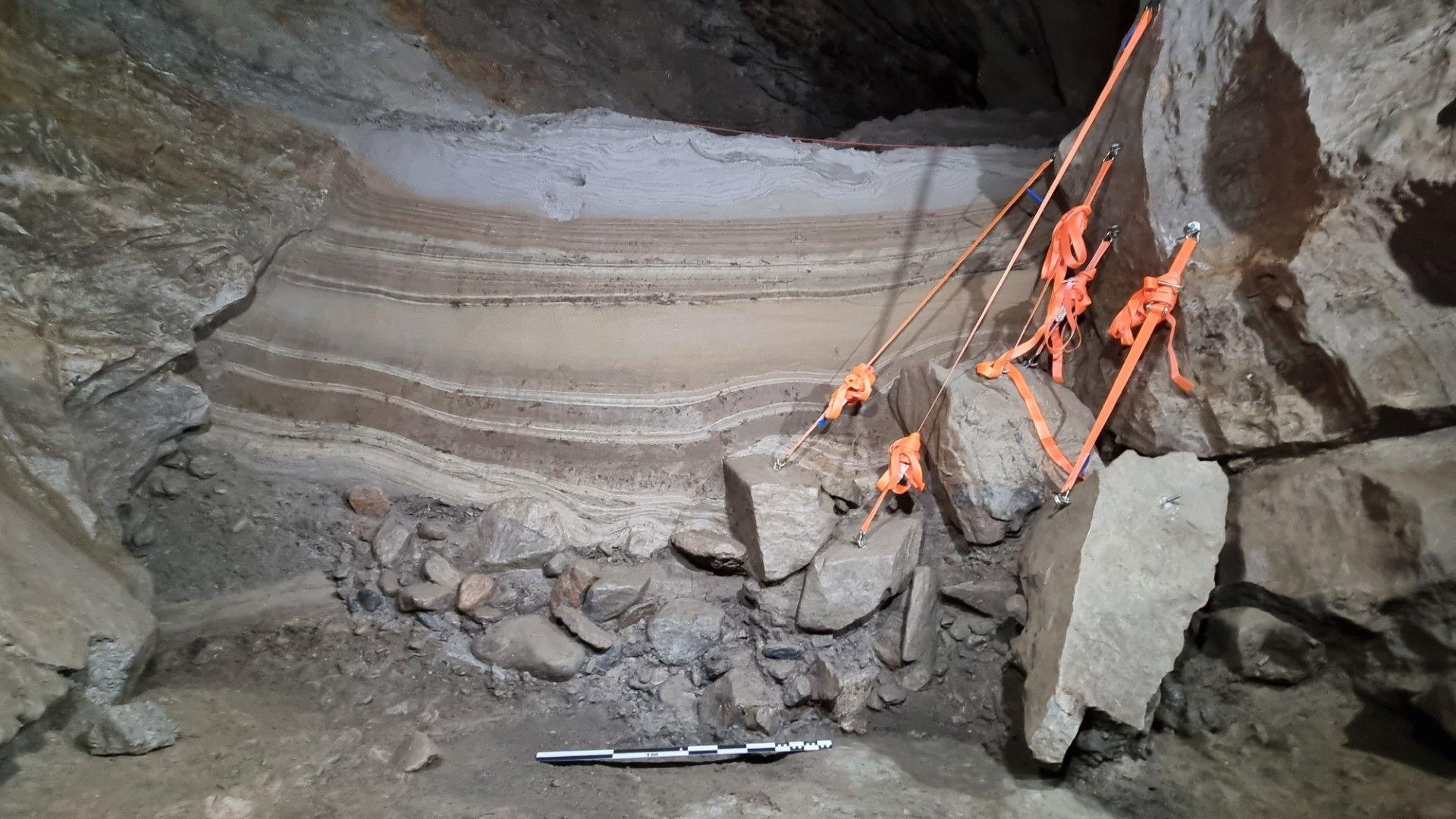
From the types of animal remains found here, the scientists concluded that the coast would have been ice free, providing a good habitat for the migratory reindeer whose remains they found.
They say there also would have likely been lakes and rivers because of the presence of freshwater fish and that some sea ice must have remained for bowhead whales and walruses.
Dr Walker was one of the scientists working on the study from Bournemouth University.
He said the remains highlight "how cold adapted species struggle to adapt to major climatic events."
The scientists tested the DNA of the animals and found that their family line - their lineage - didn't survive when the conditions got colder again.
The say it's likely because the animals lived there once the glaciers melted but once the ice returned, they couldn't move to another area to live in and so their populations died.
More stories like this
- Published23 July
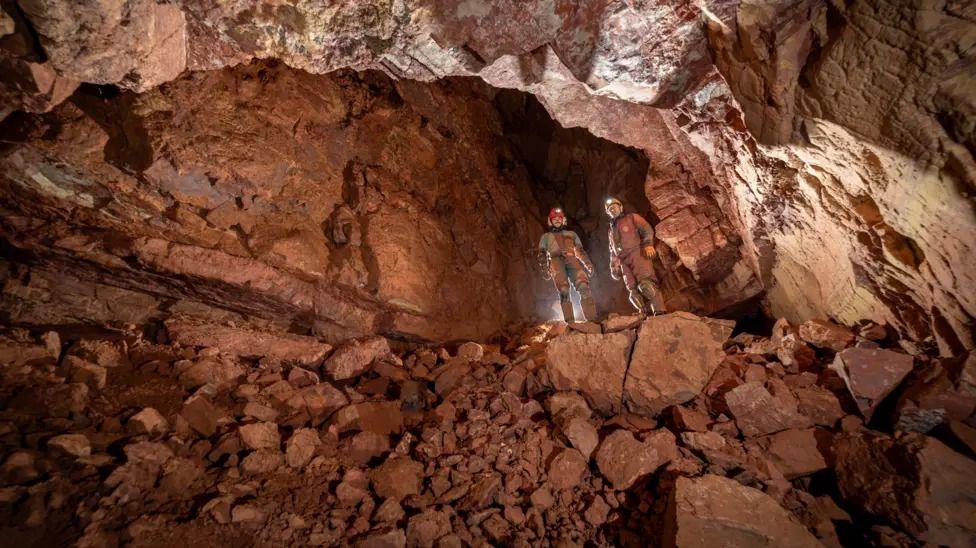
- Published7 July
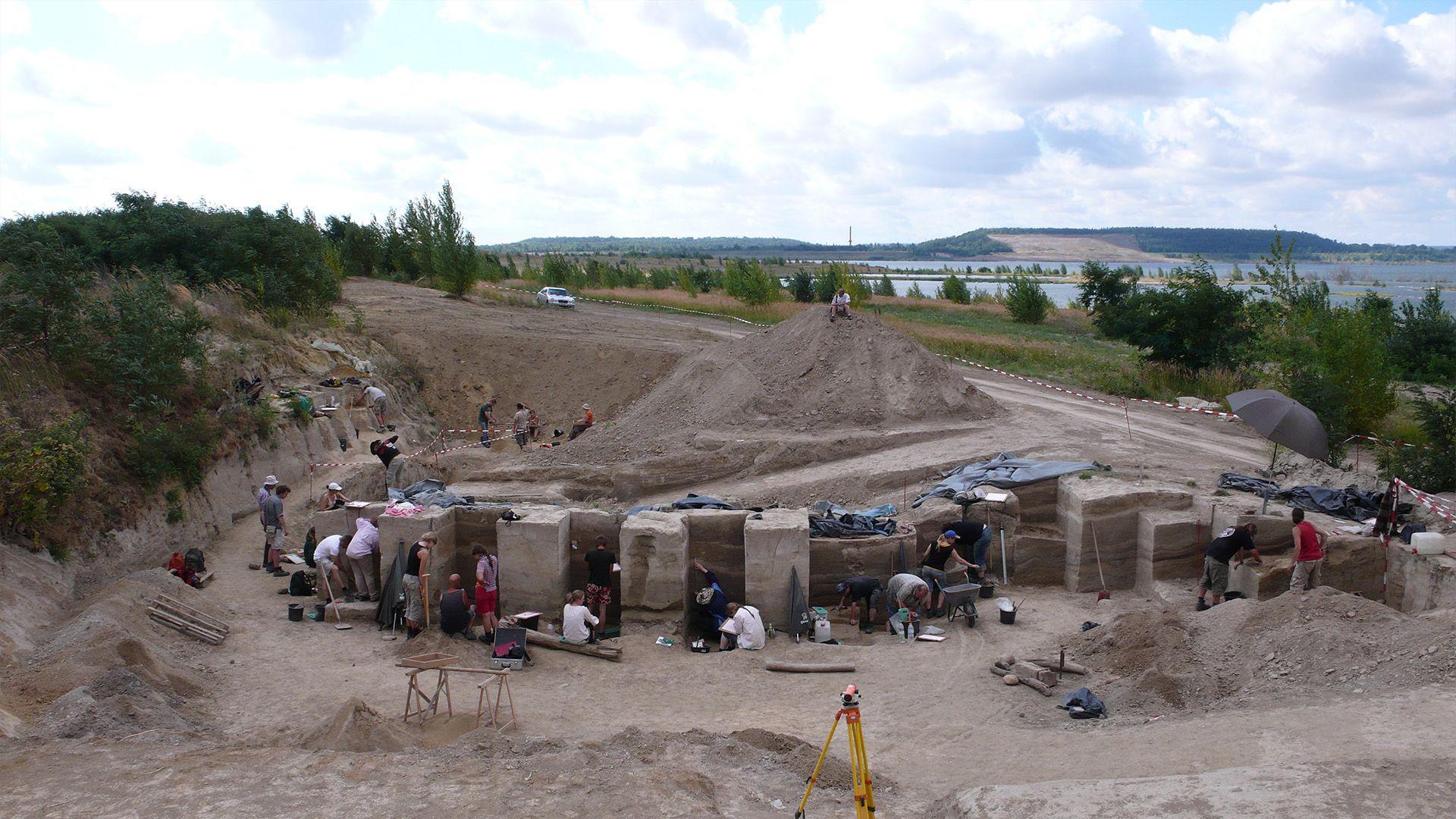
- Published9 July
